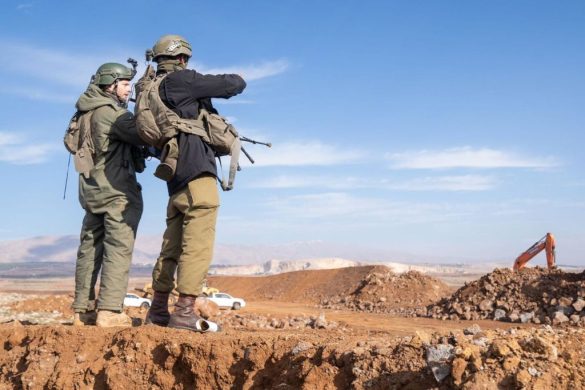LONDON (SAVE): Many humanitarian organisations work in active conflict zones under direct threat of violence. This significantly constrains their operations, and makes it difficult to deliver the aid people need.
We looked at two questions: how many aid agencies are able to get access to the most dangerous places? And how do access constraints affect ‘humanitarian coverage’ – the degree to which people in need are being reached by the aid system?
An interactive version of our findings is available here.
We found that:
- Far fewer aid agencies work in dangerous countries than in safe ones, and not nearly enough are there to provide people with what they need.
- In high-risk countries aid agencies tend to narrow their field presence and cluster in safer areas. Only a small group of humanitarian organisations operate in the highest-risk places. Surveys of people living in high risk areas say that aid is declining even as their needs are rising.
- As access becomes more difficult, aid becomes more basic and less responsive to the most critical needs and the most vulnerable people.
- Donor policies and agency incentives can work against humanitarian access and coverage while making the aid presence seem more robust than it actually is. There needs to be more operational transparency about where aid agencies are able to operate and greater strategic prioritisation to fill gaps, as well as greater consideration of how to ensure impartial humanitarian coverage.
Main Research Outputs:
The effects of insecurity on humanitarian coverage
- Final report (PDF, 55 sider)
- Briefing note (PDF, 3 sider)















